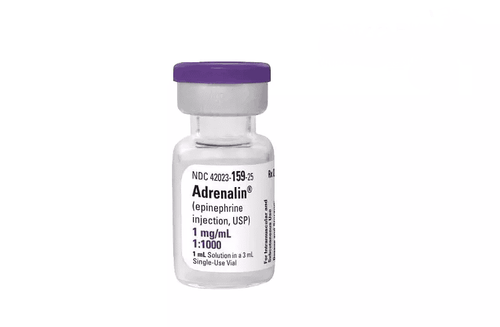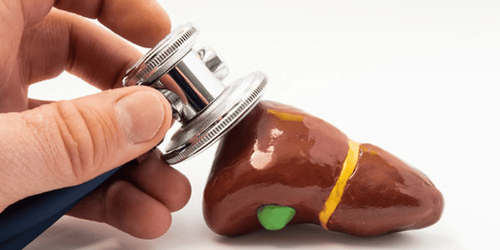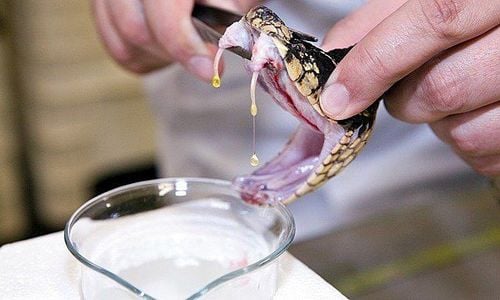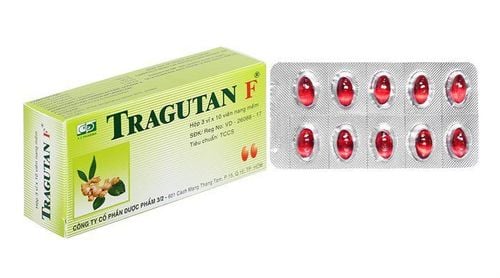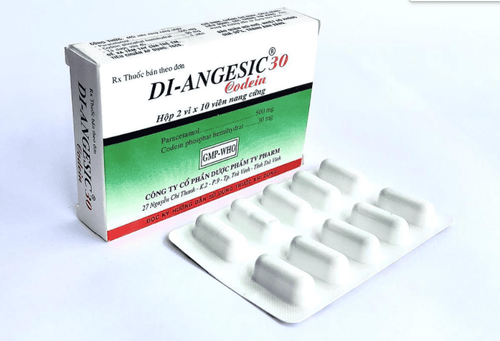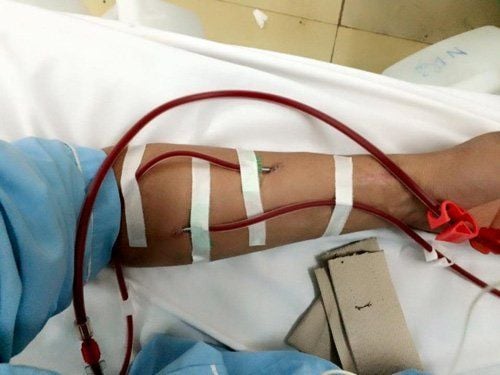This is an automatically translated article.
The article is professionally consulted by Master, Doctor Phan Ngoc Toan - Emergency Medicine Doctor - Emergency Department - Vinmec Danang International Hospital.Examination, evaluation and emergency treatment of children need to be dealt with urgently and effectively because children's diseases develop rapidly. If not treated promptly, the child can die quickly.
1. Purpose of Screening
Rapid screening of children who come to the clinic to be treated in the order of priority which children need to be handled first, which children can be delayed.There are many classification guidelines, within the scope of this article, using the latest updated program of the Emergency Triage Assessment and Treatment (ETAT) program of the World Health Organization (WHO). 2016.
Screening is divided into 3 groups:
Emergency patients need urgent treatment Groups of serious diseases, need to be examined first, no need to queue in order to avoid delaying the examination and Treatment Group of common diseases, which do not need immediate emergency and can be waited for 1.1 Group of emergency patients Children with 1 of the following signs need to be examined and treated immediately to avoid death:
Signs signs of acute respiratory distress
Apnea or apnea Cyanosis Use of accessory muscles: severe chest indrawing/intercostal retraction, sternocleidomastoid, sternal depression, nasosternal depression, supraclavicular cavity, palpitations nose bulge. Rapid breathing ≥ 70 times/min. Expiratory groaning in infants < 2 months. Breathe, then inhale while lying still
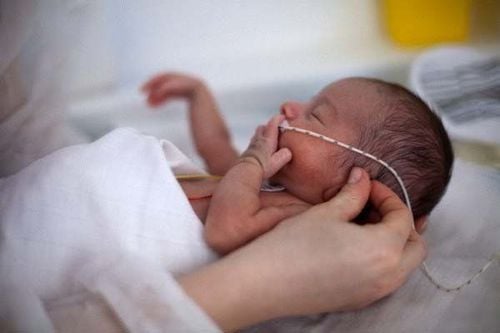
Xử trí cấp cứu khi trẻ bị tím tái do suy hô hấp
Cold hands and feet Capillary filling time is slow ≥ 3 seconds by pressing whiten the thumb, (at heart level) for 3 seconds and then let go. Capillary refill time is the time it takes for the nail to become pink again. Can be performed in another position such as on the instep, inner leg, forearm or sternum area, hold for 5 seconds and then release. Radial, brachial, inguinal pulse is rapid, mild, or not palpable. Look for a bleeding wound to stop bleeding and ask the mother if it occurs suddenly after medication or vaccine or food or insect bite, suspect anaphylaxis. Signs of coma or convulsions
The level of consciousness is rapidly assessed by the AVPU A (Alert) scale: the child is awake. V (Voice): poor response to speech. P (Pain) : poor response to painful stimuli (tickling on the soles of the feet or pulling hair in the forehead or squeezing the calf muscles) U (Unconscious) : unresponsive to painful stimuli, coma. Children need emergency care when they do not respond to painful stimuli or are having convulsions If there is or suspected neck injury, immobilize the neck immediately Signs of severe dehydration in children with diarrhea: when there are 2 following signs
Baby lethargy or difficult to wake up Abdominal skin pinch takes very slowly (>2 seconds) 1.2 Severe patients should be examined and treated first Severe patients should be examined first if any of the following symptoms are present:
Children under 2 months old High fever Lethargy, restlessness, restlessness Respiratory failure: rapid breathing (Threshold of rapid breathing: Children < 2 months: ≥ 60 breaths/minute; Children 2 months – under 12 months: ≥ 50 breaths/minute: 50 breaths/minute) ; Children 12 months - 5 years old: ≥ 40 times/minute) Severe emaciation or swelling of the feet Very pale palms Accident, poisoning Children under 2 months old Poisoned children Severe malnutrition Extensive burns Yes hospital transfer from the front line.

Trẻ sốt cao li bì cũng cần được ưu tiên cấp cứu trước
2. Emergency treatment of children
2.1 Respiratory emergency:Apnea:
Head tilt, chin lift Fixed neck in case of suspected cervical spine injury Ventilation through mask, endotracheal intubation.. Chest compressions according to protocol Foreign body airway :
Heimlich maneuver if the child is > 2 years old. Back patting and chest compressions if the child is < 2 years old. Cyanosis, Chest indrawing, Use of accessory muscles of respiration, Grunting in infants < 2 months. Hissing while lying still:
Oxygen. CPAP ventilation, non-invasive mechanical ventilation, intubation Treat cause: severe asthma, acute laryngitis. 2.2 Circulatory First Aid
Shock:
Oxygen. Exclude cardiogenic shock Establish a peripheral intravenous line. Rapid IV infusion 20 ml/kg/15-60 minutes Keep warm Blood loss shock:
Hemostasis Rapid IV fluids, blood transfusion 20ml/kg Anaphylaxis:
Adrenaline 1‰ 0.3ml TB
Cardiac arrhythmia:
Confirmed Determine the diagnosis of arrhythmia, manage according to the protocol (medication, electric shock, pacemaker placement), cardiology consultation if necessary.
2.3 Give first aid to a comatose, convulsive child
Coma:
Clear the airways Fix the cervical spine if cervical spine injury is suspected. Sleep on the safe side Glucose TTM if hypoglycaemia is present. Convulsions:
Clear airway Safely lying on side Diazepam TMC / rectal pump 2.4 First aid for severe dehydration
Severe dehydration without severe malnutrition : Infusion according to protocol diarrhea severe dehydration
Severe dehydration with severe malnutrition : Compensation ORS via nasogastric tube or lactate Ringer 15ml/kg/hour
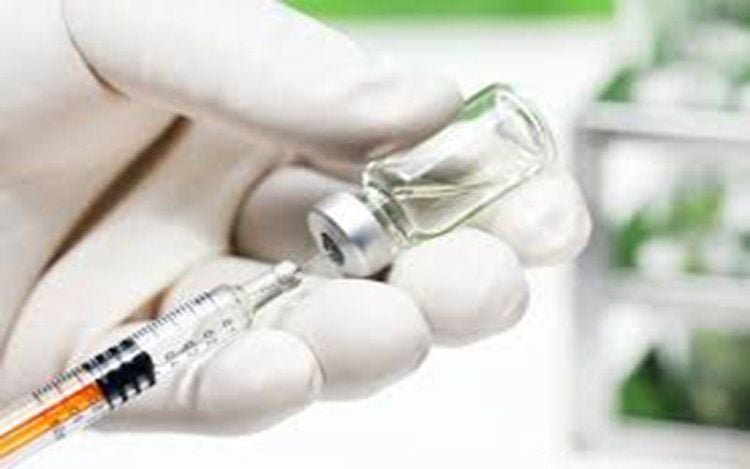
Xử trí ngay bằng an thần nếu trẻ bị co giật
Hospital Vinmec International General Hospital is one of the hospitals that not only ensures professional quality with a team of leading medical doctors, a system of modern equipment and technology, but also stands out for its examination, consultation and treatment services. comprehensive, professional disease; civilized, polite, safe and sterile medical examination and treatment space.
Master Phan Ngoc Toan used to work as a Internal Medicine Doctor at Quang Tri General Hospital, Emergency and Intensive Care Doctor - Hoan My Da Nang Hospital before working at Vinmec International General Hospital. Da Nang as it is today. Doctor Math has a lot of experience in the treatment of Resuscitation – Adult Emergency, Pediatric Emergency.
To register for examination and treatment at Vinmec International General Hospital, you can contact Vinmec Health System nationwide, or register online HERE.





